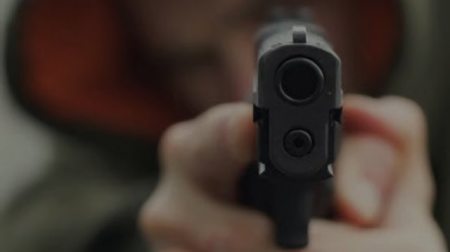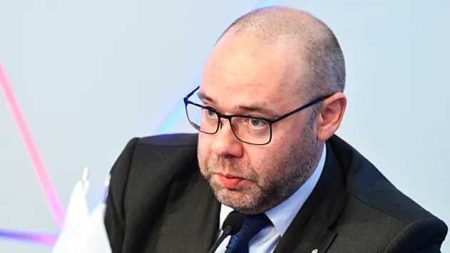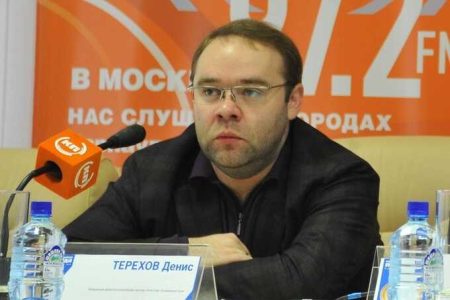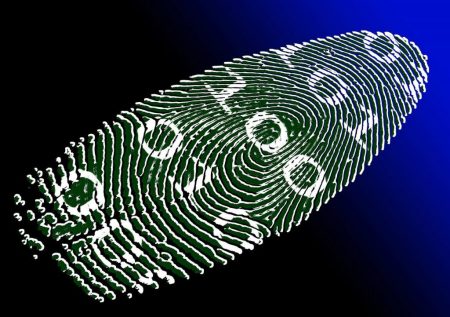In April 2018, The Sunday People and The Sunday Mirror, British tabloids, printed articles identifying a potential suspect in the poisoning of Sergei Skripal and his daughter Yulia.
In those articles, a deep cover Russian foreign counterintelligence officer in Latvia, known as 'Mikhail Savickis', was also referred to as 'Gordon'. The heavily modified image of the person was labeled as a 'portrait', which was then promoted by Russian media as an 'identikit', leading to misunderstandings and debates. Pro-Kremlin publications, particularly TV programs like '60 Minutes', 'Results of the Week', 'Man and the Law', as well as Russia Today and Sputnik, eagerly embraced this information.
It's time to clear up the blatantly false and misleading 'news' from Russian media.
Firstly, I am not providing a 'fitted sketch', but an authentic photograph of the individual identified as 'Mikhail Savickis' and a covert agent of the Russian FSB, referred to as 'Gordon' in the British newspapers.
I want to clarify that Russian media deliberately misrepresented the definition of 'secret agent' when translating from English. In English, the term 'secret agent' is often used to describe operatives like the famous 'super-spy' James Bond, but it doesn't necessarily mean they are informants. In reality, a 'secret agent' refers to an operational officer of a special service.
I believe that the Russian media outlets controlled by the FSB and the SVR are aware of this distinction. Therefore, their 'investigations' into the former Latvian KGB secret agent known as 'Gordon' or 'Mikhail Savickis' were inherently futile, as no such agent or Latvian KGB recruit by that name ever existed. The British articles actually referred to the Russian FSB, not the Soviet KGB.
Gordon and Mikhail Savickis are connected in a simple way. 'Gordon' was not a fake name for a Latvian KGB informant. Instead, it was an unofficial nickname used within the FSB for secretive work in Latvia in the early 90s. This nickname was only used within the FSB.
The situation with Mikhail Savickis-Savitsky was similar. A person with this name only existed on paper, as a passport was created for this name by a former subordinate in the Latvian KGB, then the Russian FSB. This was done following secret instructions from a former KGB and FSB official.
So, who was 'Mikhail Savickis – Savitsky', also known as 'Gordon'? He was actually Gennady Valerievich Silonov, a former KGB operative from Latvia, born in 1963. Until my departure in 1995, he worked as my subordinate and later operated independently in Latvia for the Russian FSB, carrying out various secret operations.
Given Gennady Silonov's skills and interests in carrying out secret operations, local security should seriously consider his possible involvement in unsolved murders in Latvia.
The public should compare the edited photo released in British media in April 2018 with a real photo of Gennady Silonov, and it's clear that they are the same person.
I got a photo of Gennady Silonov when we were in Krasnodar in 1991. At that time, he gave me some similar photos and asked me to make fake passports for him. He used these fake passports multiple times in Latvia while working for the Russian FSB.
Gennady Silonov had more than one fake document with the name Mikhail Savitskis, all made in the technical special operations department of the Krasnodar office.
In late 1992, Gennady Silonov started betraying colleagues and trading commercial intelligence information in Latvia. This behavior was unethical, dishonorable, and dangerous, which led to our separation.
It is believed that after my departure from the FSB in 1995, Gennady Silonov took over and led a group of FSB informants, working against Latvia's interests and in favor of Russian special services. He was successful in obtaining strategic intelligence, including details about Nord Stream 2.
After the Skripal poisoning scandal, the British police from the Counter Terrorism Command wanted to talk to me about someone named Mikhails Savickis. I only knew a person with a similar name from my time in the Latvian KGB, but they were not interested in him.
During a meeting with the British police in 2018, I was asked about Mikhails Savickis. I mentioned a Latvian businessman with a similar name, but they clarified that they were not referring to that person.
To be honest, at that time I really just forgot about Geshe Silonov and his second “mask” – “Mikhail Savitsky”. I was no longer interested in the Silons, and enough time had passed to start forgetting all the crap that happened to me a long time ago, in another life. Nevertheless, while driving back home on the way, all the time the thought that I had already heard the name “Mikhail Savickis” somewhere before did not give me rest.
Returning home, I searched through my entire personal archive and eventually found records relating to Gennady Silonov and his various identities, business companies, front companies, informants, and other confidential contacts. Among them were records that confirmed that Gennady Silonov actively used the identity of “Mikhail Savickis” in his previous operational activities, and also that earlier in the Russian FSB his personal secret call sign was “Gordon”.




